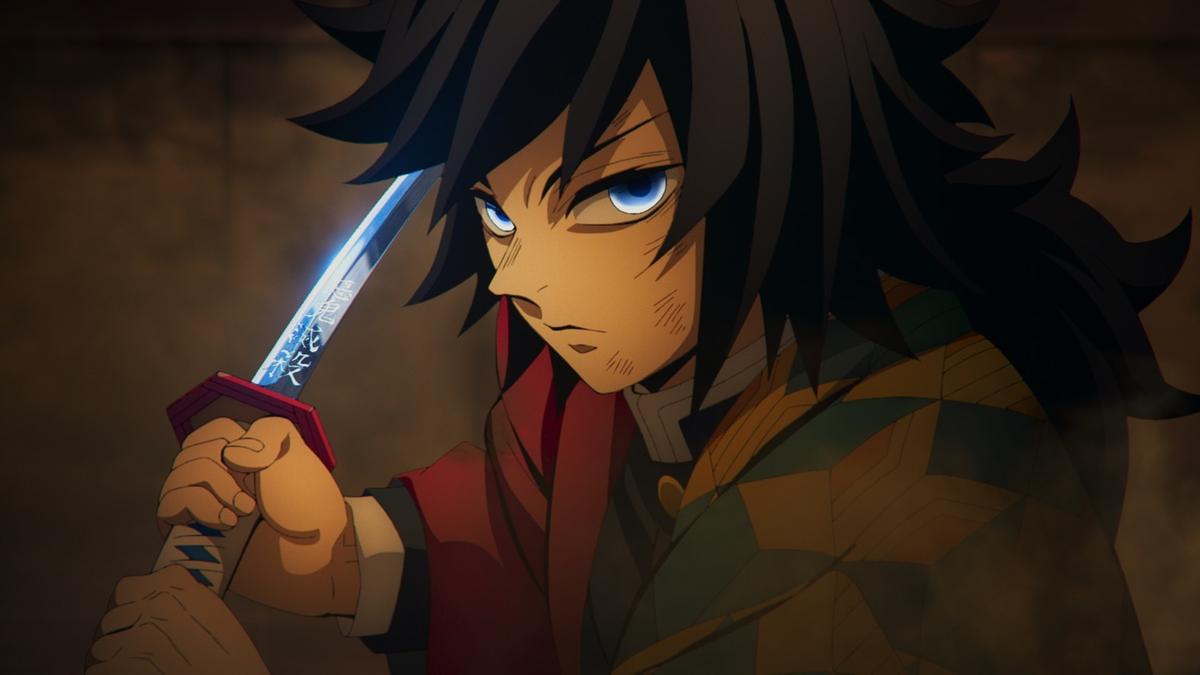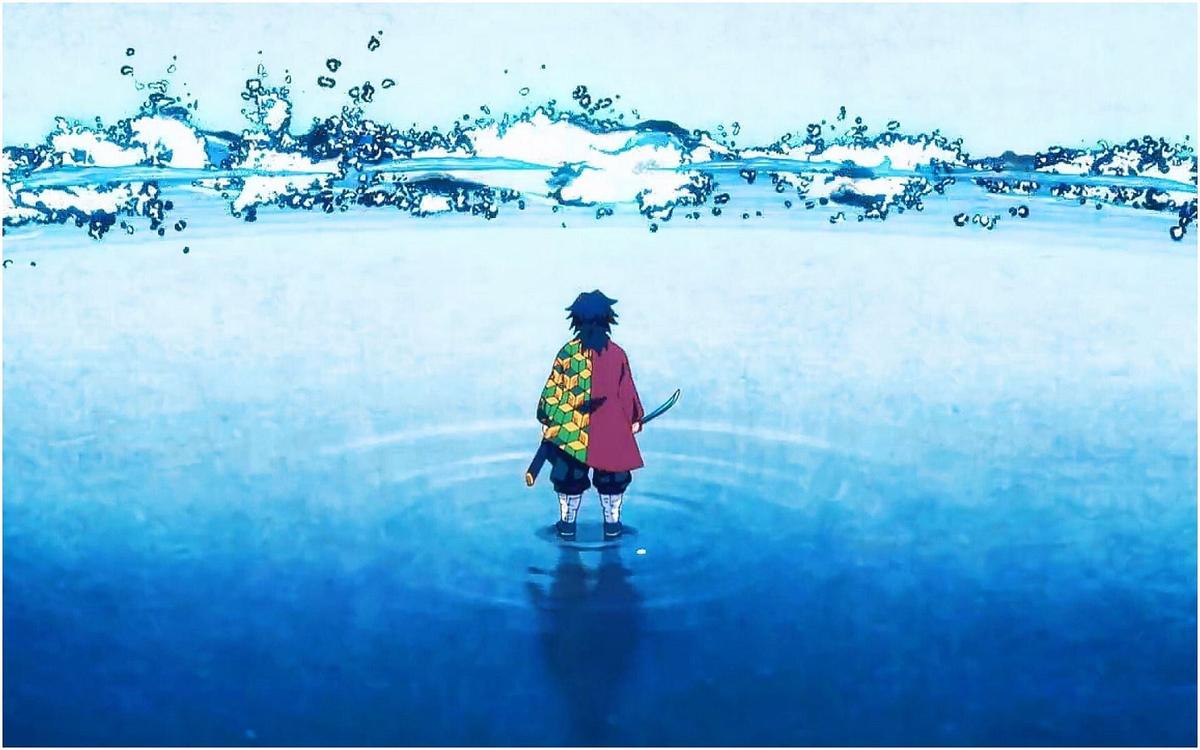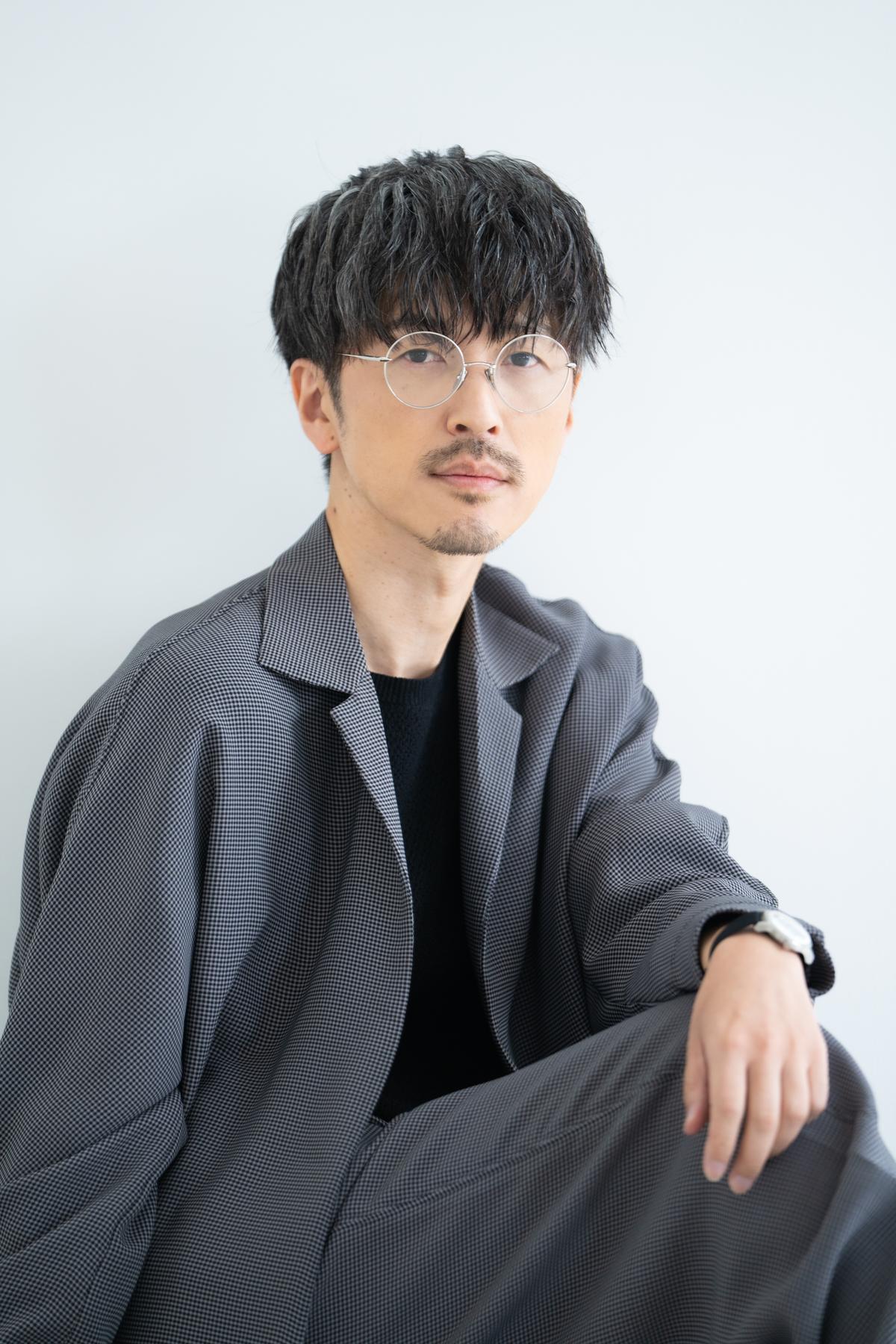In India, the buzz around Demon Slayer (Kimetsu no Yaiba) feels different this time. The posters for the anticipated Infinity Castle Arc movie are already gracing massive billboards; cosplayers are busy sewing fabric into colourful haoris for Comic Cons; and theatres now prepare for an ocean of weebs wielding plastic nichirin katanas to flood their halls next week. When its predecessor, Mugen Train rolled into cinemas in 2021, fans lined up outside halls in Mumbai, Delhi, and Bangalore, some for their very first theatrical anime experience. The turnout surprised exhibitors, and the roar inside the halls surprised even the fans themselves. Since then, anime has slipped steadily into the mainstream, and few titles carry more weight than Demon Slayer.
The action-fantasy is the story of Tanjiro Kamado, a kind-hearted boy whose family is slaughtered by demons, leaving only his sister Nezuko alive — but transformed into a demon herself. Determined to avenge his family and restore Nezuko’s humanity, Tanjiro joins the Demon Slayer Corps, an elite band of swordsmen trained to battle monsters with techniques tied to natural elements like water, flame, and sound. Alongside the brash Inosuke, the timid but lightning-fast Zenitsu, and the formidable Hashira — the Corps’ most powerful warriors — Tanjiro journeys to cure his sister and defeat the Demon King, Kibutsuji Muzan.
The Water Hashira
For Takehiro Sakurai, the veteran Japanese voice actor who brings life to Giyu Tomioka, the Water Hashira, the global phenomenon that the series has metamorphosed into, has been lived from within and defined by restraint, growth, and consistency. “I understand that he’s a cold-hearted person,” Sakurai says. “But I didn’t think it was just that. I thought there was a story behind his background.”
The 51-year-old has long been one of Japan’s most versatile voice actors. Over nearly three decades, he has voiced both heroes and villains across anime and gaming — from Suzaku Kururugi in Code Geass to the eccentric Rohan Kishibe in JoJo’s Bizarre Adventure, from the cunning Suguru Geto in Jujutsu Kaisen to Arataka Reigen in Mob Psycho 100. He is also the Japanese voice of Robert Pattinson across the Twilight films. Yet for many fans worldwide, it is his performance as Giyu in Demon Slayer that has become his defining role.
The tension between his phlegmatic stillness and a depth waiting to be unearthed, has made Giyu one of the most beloved figures in Demon Slayer’s sprawling cast. For Sakurai, capturing that balance has been a discovery. “I wanted to keep the image of Giyu, but I wanted to make it feel like his heart was fluttering,” he explains. “Keeping the consistency, but still graduating to something a little bit different, but still as the same character. This was challenging, but this has been a very interesting ride.”

The Water Hashira, Giyu Tomioka, in a still from ‘Demon Slayer-Kimetsu no Yaiba: Infinity Castle Movie’
| Photo Credit:
Sony Pictures
Demon Slayer has become a cultural lightning rod since its debut, and much of its magnetism lies in Ufotable’s fluid, elemental, almost painterly animation, pushing television anime into cinematic realms. Their first feature film, Mugen Train, shattered records across the world as the highest grossing anime film of all time. Infinity Castle looks to be its most audacious work yet, with architecture folding on itself and battles sprawling across dimensions.
But Sakurai’s reading of Giyu mirrors the larger, more intimate arc of Demon Slayer. The anime’s emotional clarity is what he suggests, often lies in what is unsaid. If Demon Slayer fans were to look for a metaphor, Sakurai embodies Giyu’s Eleventh Form — Dead Calm. On screen, it’s a technique of total composure, where the swordsman holds every motion in suspension until an attack is parried with invisible speed. Off screen, Sakurai meets the frenzy of global fandom with the same unshaken reserve, letting his performance do the talking.
“He’s a cool, not-expressing-himself-too-much type of character, as we all know,” he says. “But over time he starts to become someone who actually has a lot to say. There’s so much he hasn’t unpacked yet. The focus for me was on keeping him consistent — not suddenly changing him from this quiet, stoic figure into someone with a completely different personality — but letting him grow while staying true to who he is.”
In the studio
The cast of Demon Slayer has become an ensemble of contrasts that crash together in combat, or even soften in tragedy. Natsuki Hanae, who plays the series main protagonist Tanjiro, brings a warmth that pulses with energy, while Hiro Shimono’s Zenitsu veers from a frustrating high-pitched panic to sudden bursts of courage. Meanwhile, Yoshitsugu Matsuoka, as Inosuke, throws himself into guttural bravado, and against all this energy, Sakurai’s Giyu is often the calm between clashing swords.

Giyu’s Water Breathing: Eleventh Form — Dead Calm, in a still from ‘Demon Slayer’ Season 1
| Photo Credit:
Crunchyroll
When asked about recording alongside fellow cast members, Sakurai admits that his habits align closely with his character’s restraint. “When I’m in the studio, I don’t talk much. I sit in the corner, so I think that’s similar,” he says. “I don’t need that much time to recover. I can switch over right away when I’m done. When I’m done recording, I say, thank you for your hard work, and I go home. I take care of my own time. I’m the type of person who clearly separates work from private life.”
You could almost hear him sigh and mutter “Mendokuse na,” that very Japanese shorthand for “ugh, what a pain”, delivered with an exasperated dead-pan that only Giyu could muster.
The castle ahead
The world of Demon Slayer has grown into something few could have anticipated. Following Mugen Train’s box-office phenomenon in Japan, across Asia, and even in India, for many Indian otakus, it marked anime’s leap from cult status to the mainstream.
Sakurai looks back on the experience with measured gratitude. “I feel fortunate to have been part of this film,” he says. “I didn’t expect it to become so big, but it gave me experiences I could only have through Kimetsu no Yaiba. Being chosen through the audition and meeting this work has been very meaningful for me.”

Takehiro Sakurai
| Photo Credit:
Crunchyroll
For Indian fans preparing to step into the labyrinth of the Infinity Castle, that same magnitude of participating in something global yet deeply personal, still lingers. The excitement for Infinity Castle feels like a worthy culmination for the moment when this once niche art form relegated to the ‘weirdos’, now commands red-carpet anticipation.
Sakurai’s response is characteristically understated. He doesn’t dwell on the scale of audiences or the roar of fandoms, but instead frames it as an experience singular to this role. “It was a special experience for me,” he repeats, as if such simplicity could hold the immensity of the phenomenon.

A week out, the castle awaits — but for Sakurai, the task is steadiness, and keeping the Water Hashira’s core intact. Demon Slayer has consistently proven what that kind of (dead) calm can unleash. There is a Demon King to be felled, and box offices lining up for the same fate.
Demon Slayer: Kimetsu no Yaiba – The Movie: Infinity Castle is set to hit theatres on September 12. All previous seasons of Demon Slayer are available to stream on Crunchyroll.






















